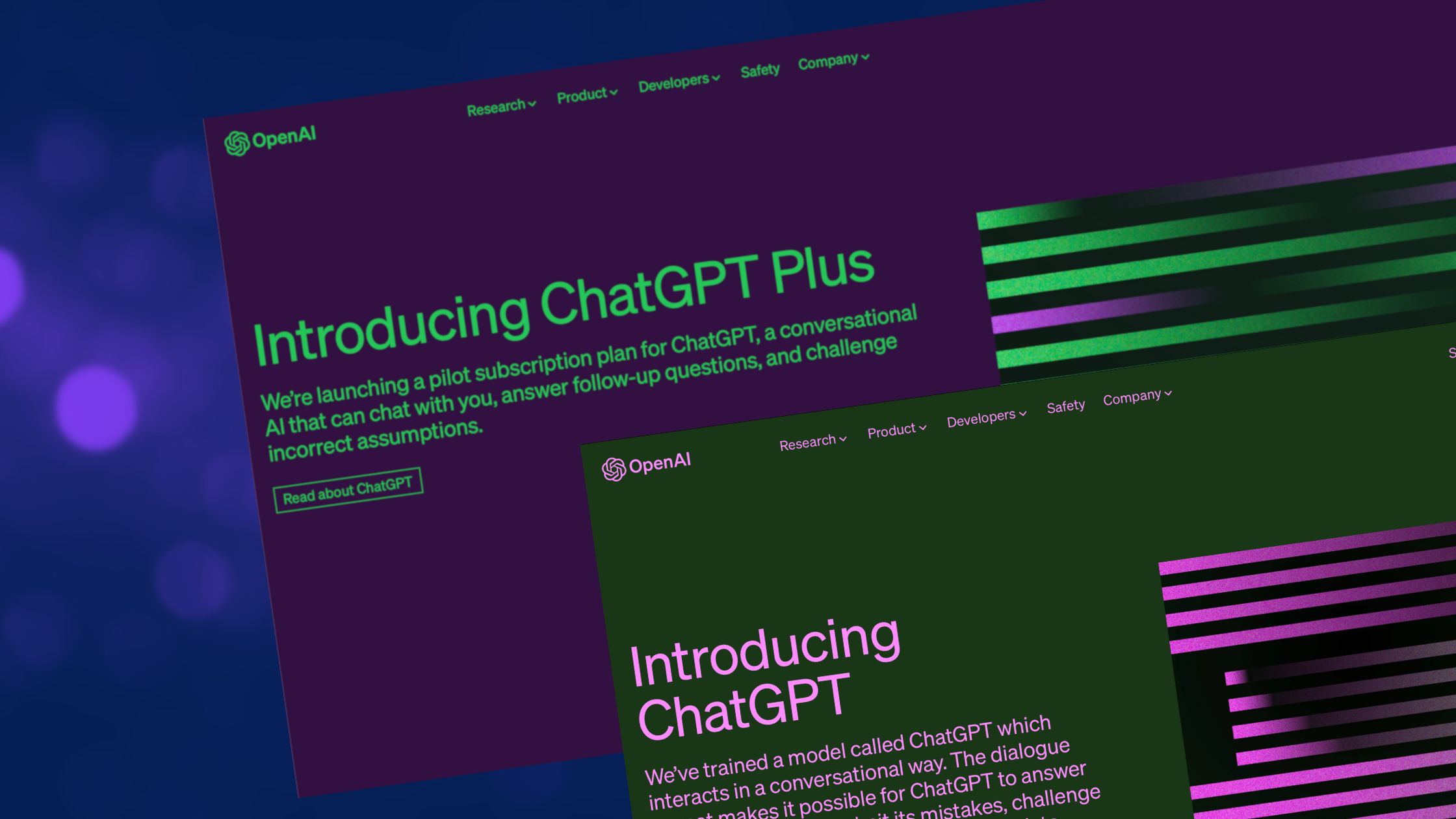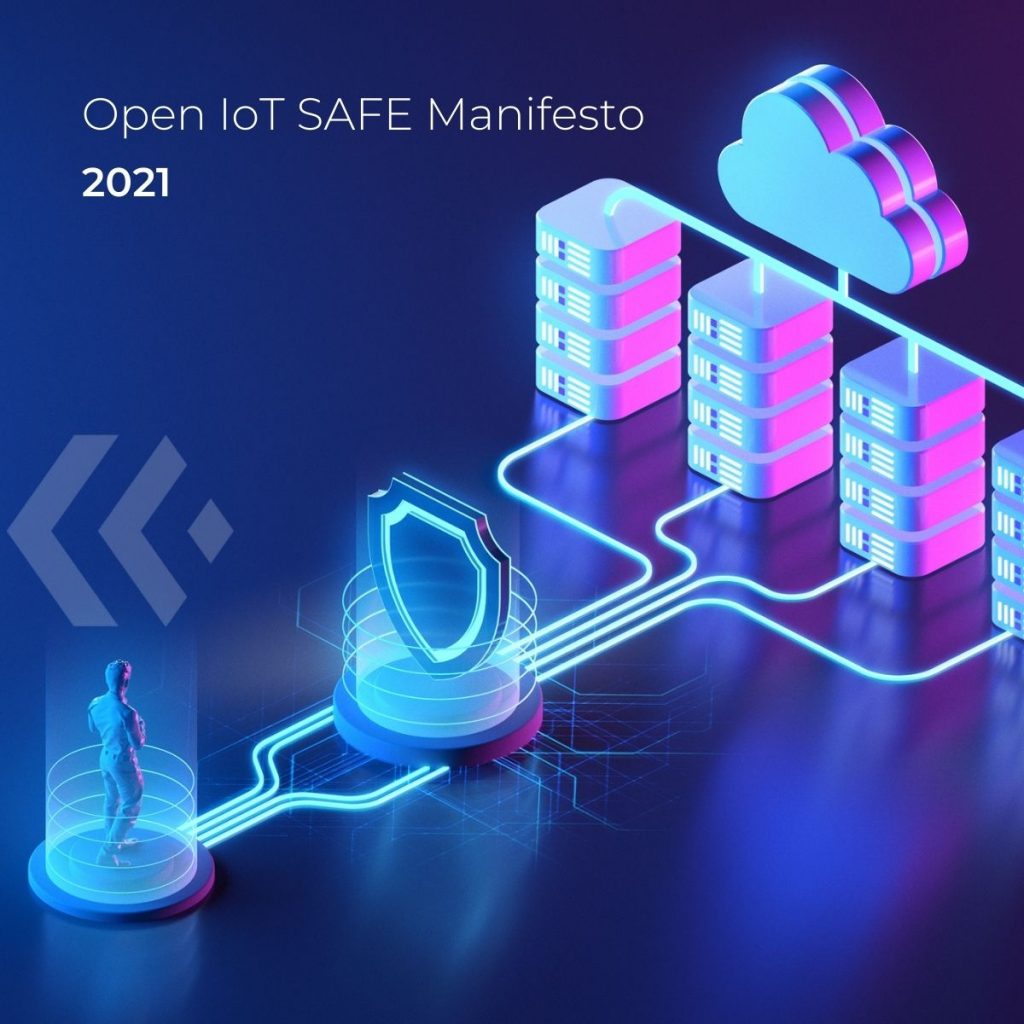
- Resources
- Blog
ChatGPT and IoT security: What is the future?
ChatGPT and Generative Artificial Intelligence (AI)
OpenAI released ChatGPT on 30 November 2022. The chatbot, which is built on the large language model GPT3 (GPT stands for general pre trained transformers), went viral and set records for the fastest growing consumer application in history, reaching 100 million active users within two months of its launch. By comparison, it took Facebook (Meta) 4.5 years, Instagram 2.5 years, and TikTok nine months to reach this following.
Surprising to many, the technology behind ChatGPT is not new. The base for it all, the transformer model architecture, is centered on a 2017 Google research paper titled “Attention Is All You Need.” As of late May 2023, the paper was cited more than 75,000 times and can be seen as the source of generative AI innovation.
The first GPT by OpenAI and Alphabet’s BERT language models were published in 2018. Amazon, Meta, IBM, Alibaba, and Tencent subsequently all published their own large language models.
Most commonly, these deep learning algorithms to analyze vast amounts of text data and learn how to generate coherent responses that are contextually relevant. Most common uses of AI are in creative writing, generating prompts for creative media, use in digital assistance or improving translation and communication and generating humorous responses.
- One Kigen colleague tested ChatGPT’s songwriting skills to generate a song and queried if the resulting song could win the Eurovision Song Contest. If you are interested to see it, ask Kigen on LinkedIn!
- For Cybersecurity day in 2023, Kigen used ChatGPT generated science fiction story and curated digital comic graphics generated by MidJourney. This text-to-picture Generative AI like DALL-E, service allows users to generate a wide range of art forms from realistic (inspired through past bodies of artworks) to abstract styles.
In comparison, IoT applications of ChatGPT are in their infancy. In a short time, these large language models have sparked interest in nearly every industry. There may well be some concrete use cases that emerge after this intense period of experimentation. However, some early instances of errors, inaccuracies and biases inherent to the algorithms or scoring have seeded doubt.
Closer to the topic of IoT, some have asked, would you trust ChatGPT to control your smart home lights?
So, how can ChatGPT improve IoT security?
If we postulate into the future, where such models may start becoming applicable, a few use cases could take extensions of the common use-cases of ChatGPT:
1. NLP for Authentication: ChatGPT can assist in implementing secure authentication mechanisms by analyzing and interpreting natural language inputs. It can verify user identity based on specific prompts or responses, helping to prevent unauthorized access to IoT devices or systems.
2. Anomaly Detection: ChatGPT can be trained to recognize patterns and behaviors associated with normal IoT device operations. By monitoring device-generated data and analyzing it using the language model, it can identify unusual or suspicious activities, indicating a potential security breach or anomaly. This enables early detection and timely response to security threats.
3. Threat Intelligence and Alerting: ChatGPT can be integrated with security systems to provide real-time threat intelligence. It can identify and interpret potential security threats by analyzing security logs, sensor data, or network traffic. Based on predefined rules or machine learning algorithms, it can generate alerts, notifications, or recommendations to enhance IoT security.
4. Security Education and Awareness: ChatGPT can play a role in educating users and developers about IoT security best practices. It can provide interactive tutorials, answer questions, and offer guidance on securing IoT devices, implementing strong authentication methods, protecting against common vulnerabilities, and addressing privacy concerns.
5. Security Policy Enforcement: ChatGPT can assist in enforcing security policies within an IoT environment. It can interpret policy rules and guidelines, validate user inputs or commands against those policies, and provide real-time feedback or warnings if any security violations are detected. This could ensure IoT devices and systems adhere to the defined security standards. For example, using specific prompts that can establish user and device ID and authenticate access.
6. Vulnerability Assessment: ChatGPT can assist in identifying potential vulnerabilities in IoT devices or systems. It can analyze device configurations, firmware versions, and known security issues to provide recommendations for remediation or mitigation strategies based on anonymized metadata or pattern analysis.
However, it is unlikely that such applications would be widely applicable to all devices or enterprise environments imminently – mainly as the level of robustness and reliability needed. The lack of transparency on how the outcome is reached would also be a barrier to adoption in use cases with broad reach and impact on business processes.
How can ChatGPT be used to make IoT systems more sustainable and energy-efficient?
Kigen is typically focused on bringing IoT to highly constrained devices that operate on Low Power, Wider Area Networks (LPWAN) for lower energy consumption. So sustainability and energy efficiency is a natural area to examine!
ChatGPT can potentially be used in various ways to make IoT systems more sustainable and energy-efficient:
1. Energy Optimization: ChatGPT can assist in optimizing energy consumption within IoT systems by providing intelligent recommendations based on user interactions or contextual information. For example, it can suggest energy-saving settings, schedule tasks during off-peak hours, or propose efficient utilization of IoT devices based on usage patterns.
2. Predictive Maintenance: ChatGPT can help predict maintenance requirements and identify potential failures in IoT devices by analyzing sensor data and device logs. This enables proactive maintenance and reduces the likelihood of energy wastage due to system malfunctions or inefficient operations.
3. Resource Management: ChatGPT can offer real-time insights and suggestions for resource management in IoT systems. It can analyze data from connected devices, such as energy consumption, occupancy patterns, or environmental conditions, and provide recommendations for optimizing resource allocation and reducing waste.
4. Intelligent Control Systems: Integrating ChatGPT with IoT control systems can facilitate intelligent decision-making and automation. It can analyze data from various sensors, user inputs, and external factors to make informed adjustments in real-time, optimizing energy usage and improving overall efficiency.
5. User Awareness and Education: ChatGPT can be an interactive assistant to educate users about sustainable practices and energy-efficient behaviors related to IoT systems. It can provide tips, answer questions, and offer suggestions for eco-friendly usage patterns, promoting conscious decision-making and reducing energy waste.
6. Dynamic Load Management: ChatGPT can assist in load management within IoT systems, helping balance energy demand and supply. By analyzing energy availability, pricing, and user requirements, it can provide recommendations for load shedding, load shifting, or demand response strategies to optimize energy usage and reduce strain on the power grid.
7. Environmental Monitoring: ChatGPT can be trained to analyze environmental sensor data collected by IoT devices. It can help detect pollution levels, air quality, or other environmental factors, providing insights that contribute to sustainable practices, such as adjusting ventilation systems or optimizing energy consumption based on outdoor conditions.
By leveraging the capabilities of ChatGPT for meta-analytics, and trained responses for simpler tasks within IoT systems, it may become possible to improve energy efficiency, reduce waste, and promote sustainable practices. However, it’s important to consider the computational requirements and energy consumption associated with running the language model itself to ensure that the benefits outweigh the additional energy demands introduced by its implementation.
Newsletter Sign-up// – Light Gray Inline
Sign-up for our newsletter to receive the latest from Kigen.
How can ChatGPT help extend the benefits of IoT systems to those who are unconnected or face the digital divide?
ChatGPT can play a role in extending the benefits of IoT systems to those who are unconnected or face the digital divide in several ways:
1. Voice-based Interfaces: ChatGPT can be integrated into voice-based interfaces or voice assistants that can be accessed through basic feature phones or low-end devices. By enabling voice interactions, individuals without access to traditional internet connectivity or advanced devices can still interact with IoT systems and access information or services.
2. SMS or Text-based Interactions: ChatGPT can be utilized to provide SMS or text-based interfaces for IoT systems. This allows users with basic mobile phones or limited internet connectivity to send and receive messages to interact with IoT devices, receive updates, and access IoT-based services.
3. Localized Knowledge and Language Support: ChatGPT can be trained on localized data and languages to cater to the specific needs of communities facing the digital divide. It can provide information, answer questions, and offer assistance in local languages, making IoT systems more accessible and inclusive to diverse populations. These languages need to be well cataloged with enough verified responses to be accurate for the given context, and culture and without inherent bias.
4. Offline or Edge Computing Capabilities: ChatGPT can be deployed on edge devices or offline systems in areas with limited or intermittent connectivity, allowing individuals to interact with IoT systems locally without requiring a constant internet connection. This empowers users to access IoT services even in remote or underserved regions.
5. Community Access Points: ChatGPT can be deployed in community access points, such as public libraries, community centers, or shared computing facilities, where individuals can utilize the available infrastructure to interact with IoT systems. This helps bridge the digital divide by providing access to IoT services in communal spaces.
6. Educational and Training Resources: ChatGPT can serve as an educational tool to provide training and resources on IoT systems to individuals who lack access to formal education or technical training. It can offer tutorials, answer questions, and guide users in understanding and utilizing IoT technologies, enabling them to leverage the benefits of IoT systems effectively.
This is a start. Artificial Intelligence is not a silver bullet. No solution will solve all, or most, of your problems. As a rule of thumb, AI works best when applied to solving a specific problem, or a very closely related set of problems. Supervised AI and ML models for enhancing security use-cases, making IoT usage and data consumption more energy efficient and sustainable on an individual or larger scale is better than unsupervised ML. These models are all about data; hence, it’s important for developers and device makers who integrate AI and Neural networks into their devices to understand how these models work.
The direction AI will take is being discussed at the most high-profile of events – the G7 Global Leaders Summit on how AI can be more open, transparent and ethical. No doubt, generative AI will bring a sea-change with many benefits if applied with attention (to borrow the wording of the seminal paper!) to the underlying assumptions and how it may be applied in the future.



